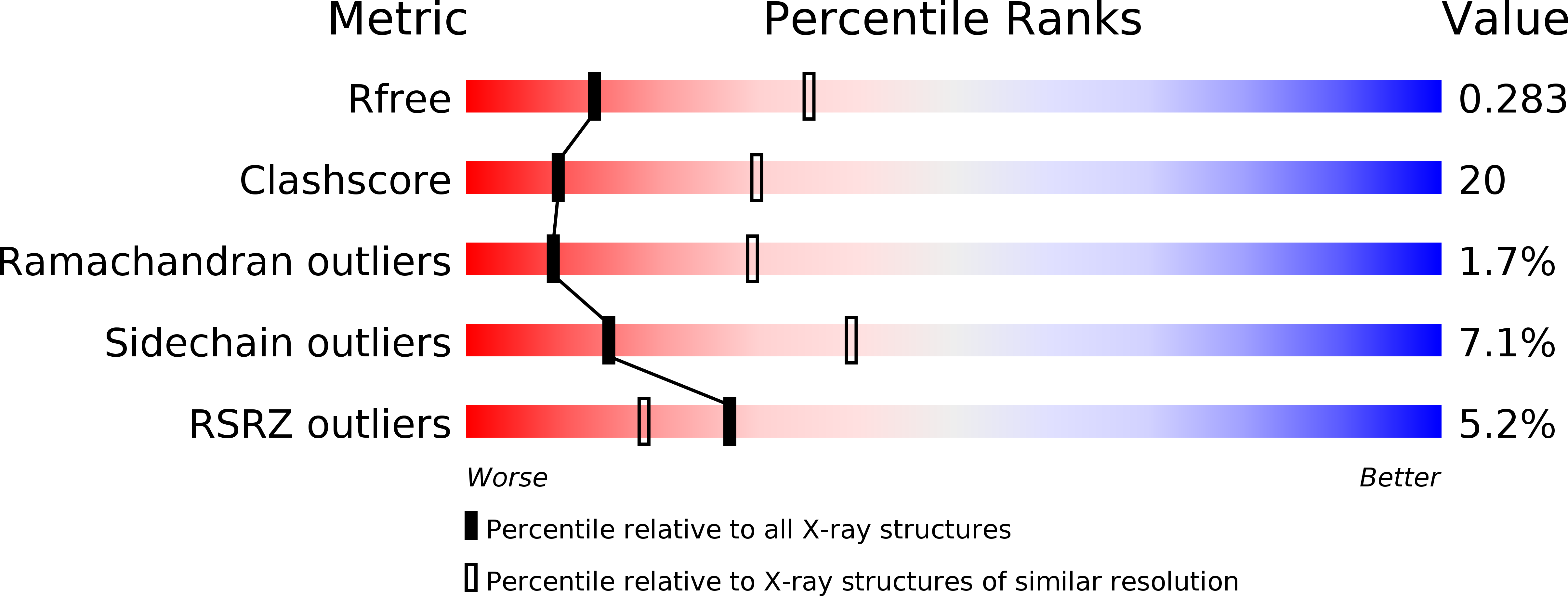
Deposition Date
2007-09-03
Release Date
2007-11-13
Last Version Date
2024-11-06
Entry Detail
PDB ID:
2R56
Keywords:
Title:
Crystal Structure of a Recombinant IgE Fab Fragment in Complex with Bovine Beta-Lactoglobulin Allergen
Biological Source:
Source Organism:
Bos taurus (Taxon ID: 9913)
Homo sapiens (Taxon ID: 9606)
Homo sapiens (Taxon ID: 9606)
Host Organism:
Method Details:
Experimental Method:
Resolution:
2.80 Å
R-Value Free:
0.29
R-Value Work:
0.24
Space Group:
P 21 21 21


